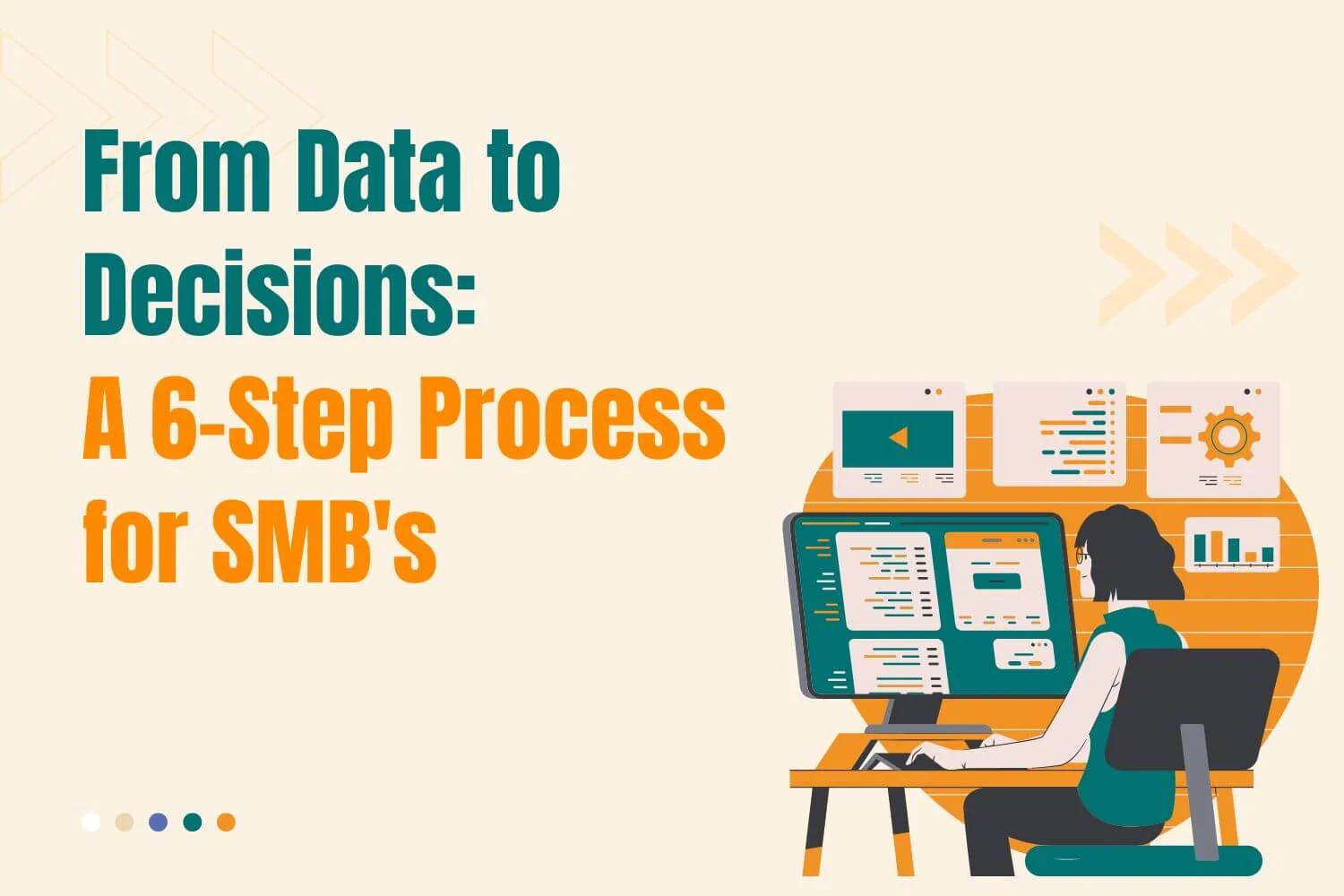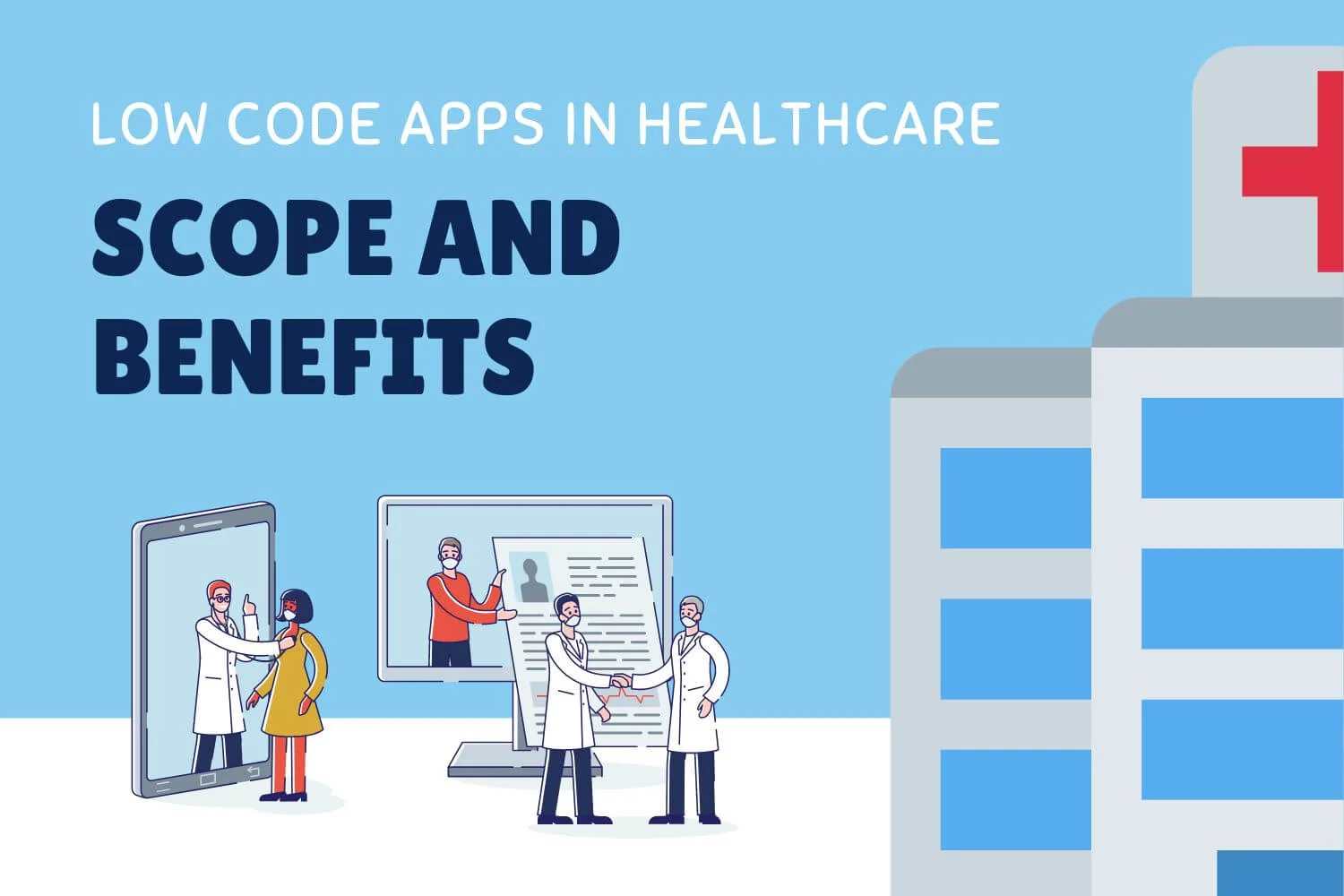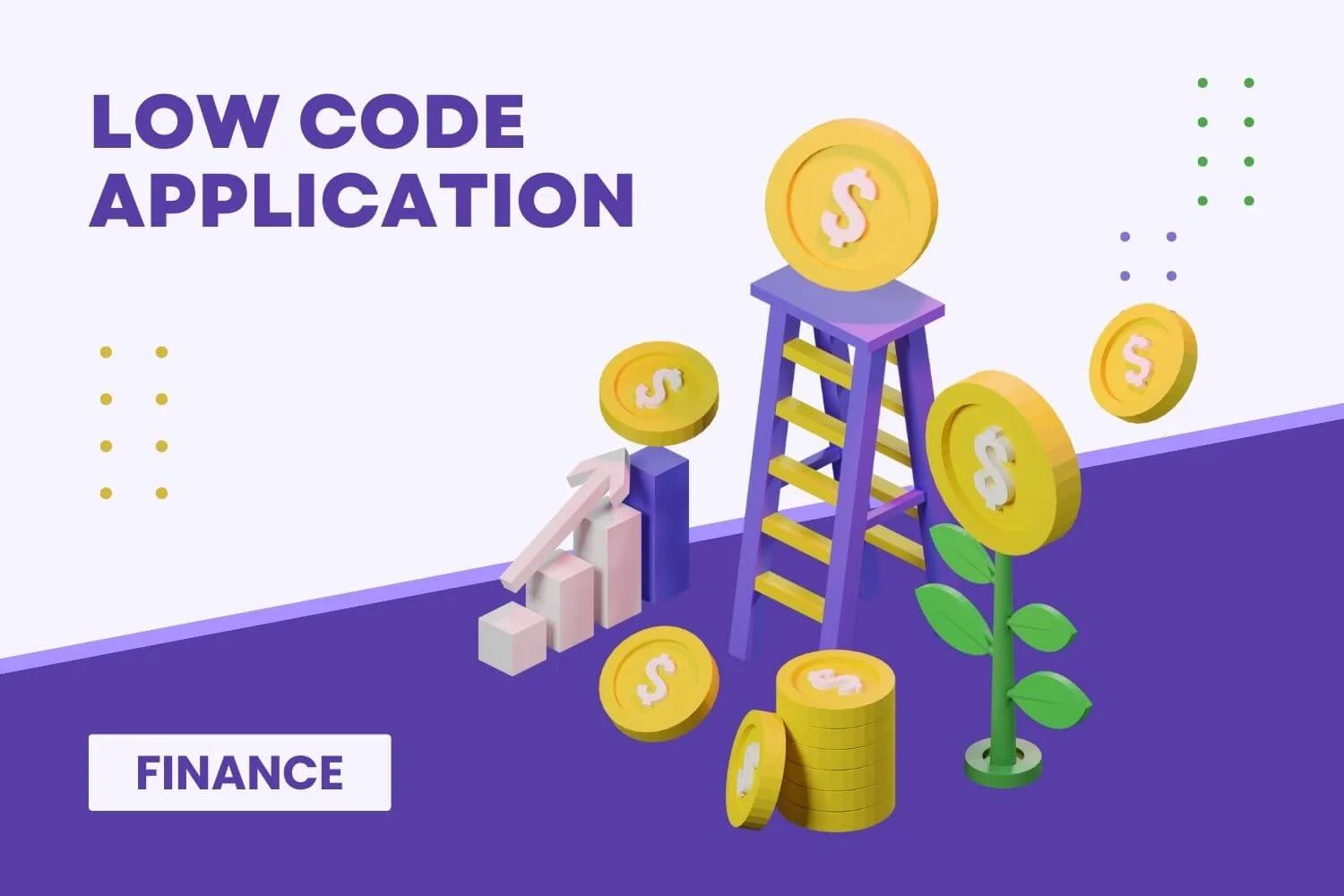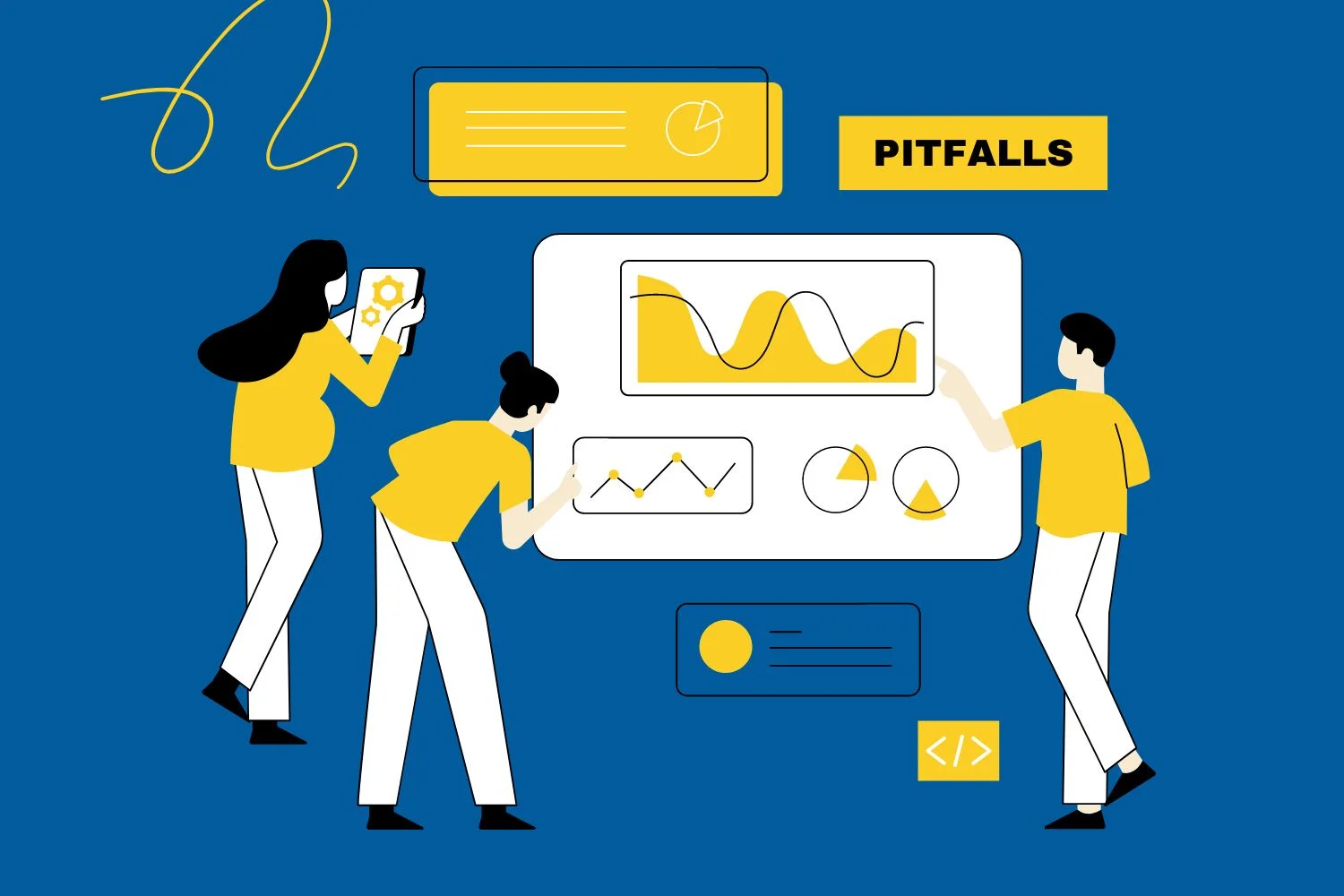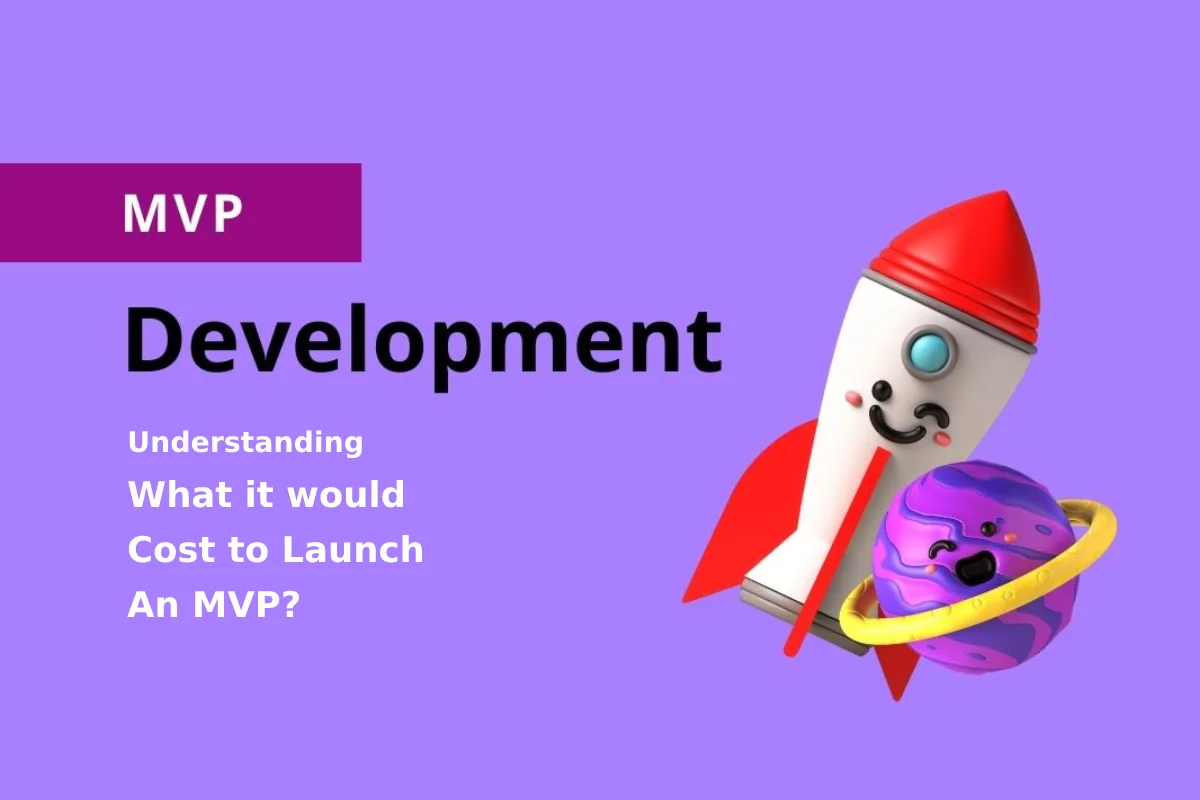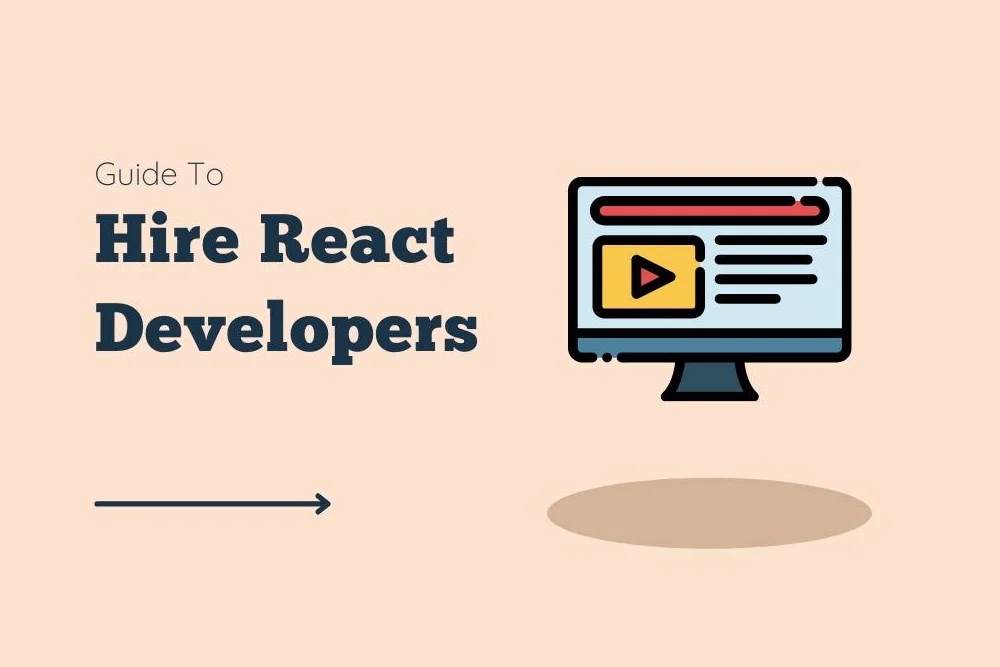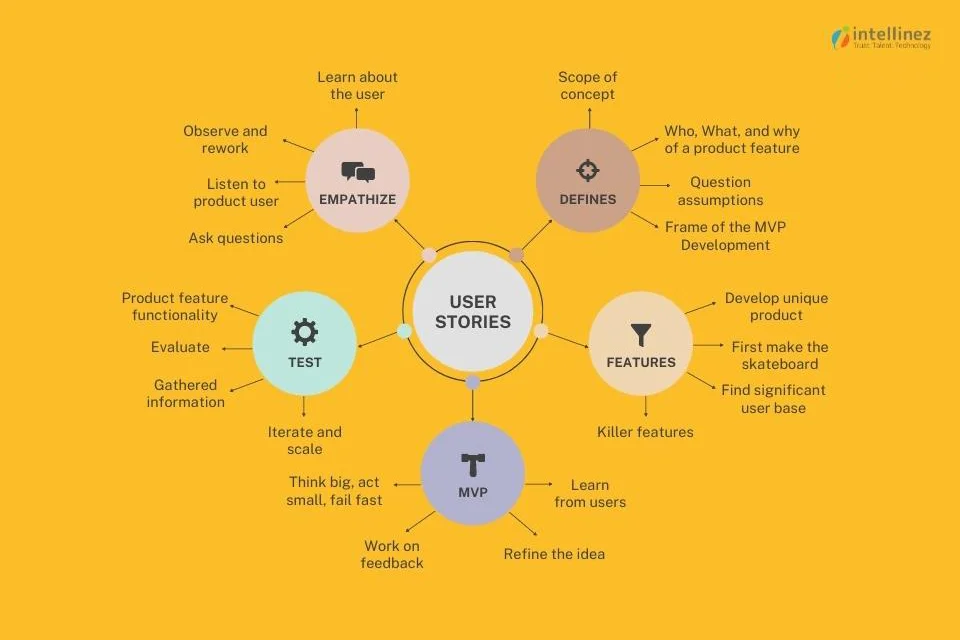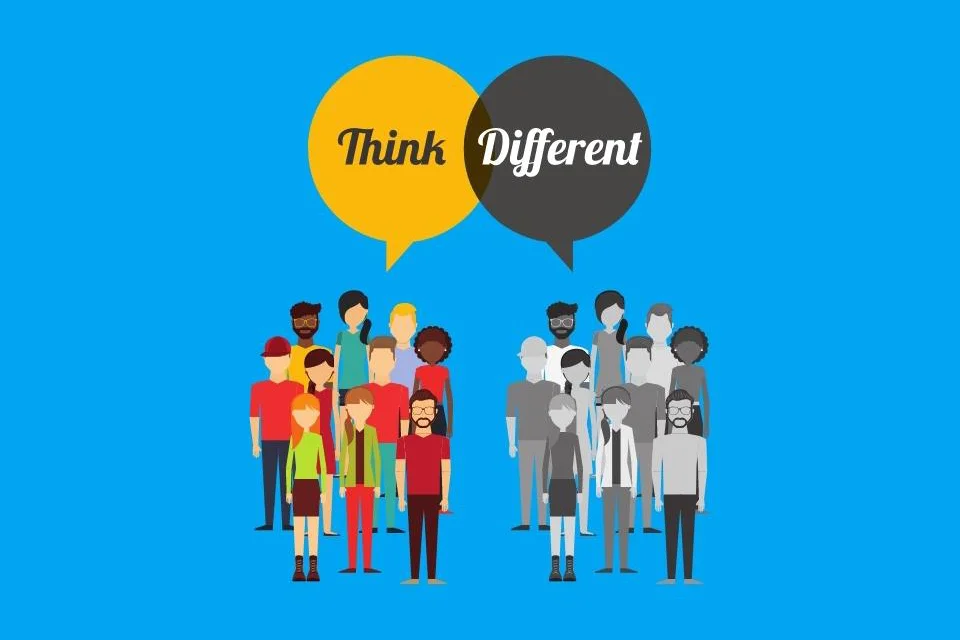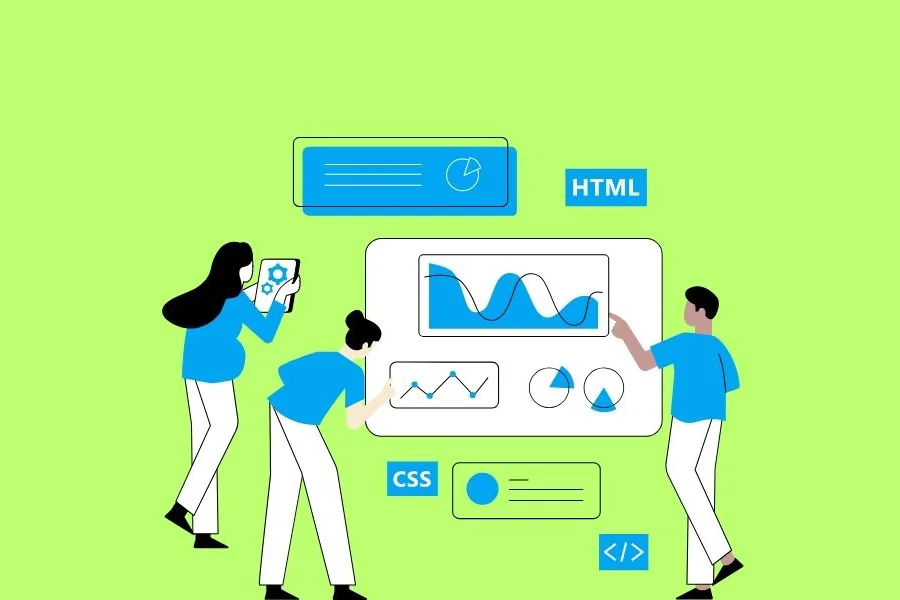
Adobe XD vs. Figma Round 1 | The Figma Side

Highlights:
- Browser-based infrastructure
- Supported Languages: English
- Some of the features are FIGJAM whiteboard, Component states variants, Auto layout, Smart animated, Real-time collab, and Shareable prototype links.
- Sketch imports: Yes
- iOS and Android Device Previews: Yes
- Plugins: Yes
- App Integrations: Yes
The online whiteboard FIGJAM is one of the most popular tools among UI/UX designers for brainstorming, online presentations, building diagrams, sitemaps, and team collaboration.
Figma’s downsides involve:
- Figma is dependent on an internet connection. Hence it can’t be used offline.
- Because the tool’s module lacks global colors, it can be challenging to modify a file.
- Only a computer with more than 4GB of RAM and a high-quality graphics card can run Figma.
Adobe XD vs. Figma Round 1 | The Adobe Side

Highlights:
- Mac OS and Windows are the two platforms accessible (offline work available).
- Supported Languages: English, German, French, Spanish, Portuguese, Korean, Japanese, and Chinese.
- Features: Component states, Repetitive grid, 3D transitions, Content-aware layout, Responsive resize, Auto-animate, Video and Lottie playback, Voice prototyping, Real-time collab, Accessible prototype links.
- Imports: Photoshop, Illustrator, After Effects, Adobe Fonts, Sketch.
- Device Preview: iOS, Android, Amazon Alexa, Google Assistant.
The Auto-Animate function for front-end design is one feature that makes Adobe XD a popular tool among UX designers. It’s effortless to use for generating motion effects and interaction without knowing how to code or utilize several programs.
Disadvantages of Adobe XD:
- There is no way to collaborate in real-time.
- Android is not compatible with the mobile preview feature.
Adobe XD vs. Figma Round 2 | The Comparison
 Figma | Platforms and their Accessibility
Figma | Platforms and their Accessibility
Figma is a browser-based application that may be used on any operating system. macOS, Windows, Chrome OS, and Linux are all included. A beta version of a Figma desktop program for macOS (Sierra or later) and Windows (Win 8 or later, 64-bit) is also available, with the same functionalities as the browser variant.
Figma also provides you an option to install multiple apps on your mobile device. Figma Mirror lets you see your designs from the Figma desktop app on all of your iOS and Android devices simultaneously. You will, however, only be able to view the View Only format of your works. Figma is regarded as a cloud-based application with a desktop beta version app for Windows and Mac.
Adobe XD | Platforms and their Accessibility
Adobe XD is developed as an Adobe Creative Cloud tool for UI/UX designers. It is operable with both Windows and macOS operating systems. It works without an internet connection, so you don’t have to rely on it all of the time. For the time being, XD does not support viewing shared design specifications on Windows 7 and 8 and mobile browsers.
Adobe XD, like Figma, has a mobile app that allows you to preview prototypes on iOS and Android smartphones. You can only see your projects and leave the editing when you have access to your desktop, much like Figma. The Adobe XD brings you the feature to sync with the Adobe Creative Cloud.
Figma | Pricing
Figma accepts three types of payments. The Free Starter tier is always free to use and comes with three Figma and three FIGJAM files and limitless personal files and collaborators for one team project.
The cost of the Professional tier, which includes limitless projects and all of the features, is $12 per app per month if billed annually or $15 per month when charged on a month-to-month basis.
Adobe XD | Pricing
Adobe XD doesn’t have a free tier in the traditional sense, but it does come with 20+ other Adobe apps (including Photoshop, Illustrator, and After Effects) when you pay $52.99 per month for Adobe Creative Cloud. Simultaneously, your Cloud account will be accessible on two devices.
However, if you want to use Adobe XD on its own, you may do so for $9.99 per month with a 7-day free trial.
Adobe XD vs. Figma | The Learning Curve

Both tools come with many learning resources, including short written lessons and activities for Figma and step-by-step guidelines and video tutorials for Adobe XD.
You can begin with the official 12 lessons by Figma and then move on to the library of exercises to instantly strengthen your understanding.
You can select one of four categories from the official Adobe XD step-by-step tutorial to get started with Adobe XD.
Adobe XD vs. Figma | Design Tools

Another feature shared by both applications is the possibility to build your design system. It benefits both sides because UI/UX designers save time while maintaining uniformity.
It’s worth noting that Figma employs vector networks. It means that several lines can be connected to a single spot. Furthermore, a succession of nodes can be used in Adobe XD.
Figma also supports animated GIFs in presentation mode and allows them to go live.
Figma’s significant advantage against XD in this category is Auto Layout, which we’ll discuss now. This feature enables you to develop designs that expand or contract in response to changes in content.
Animation Apps

Figma Smart Animate looks for matching layers in a prototype, recognizes the differences, and animates the layers between frames. You may use this feature to build loading sequences, parallax navigation, touch interactions, expandable content, sliders, buttons, controllers, and other intelligent UX animations.
In comparison, Adobe XD Auto-Animate eliminates the learning curve and allows you to create complex animations with a single click. You have to drag the wires between the artboards, and the AI will take care of the rest. You may also use this functionality to provide stunning hover, toggle, scroll, swipe, pull-to-refresh, and other visual interactions to the app components. Not to forget the captivating animated symbols, amazing animations, and simulating the drag interaction of touch-enabled devices. Adobe XD is undoubtedly winning this round.
Extensions and Plugins

Since 2019, Figma has had its plugin library, and the community has created thousands of design systems, unique plugins, and widgets for both Figma and FIGJAM.
Adobe XD has a massive library of premium and accessible (free) user interface modules from native and third-party designers. It allows deep integrations with third-party apps to help UI/UX designers enhance their processes.
The extensions for both tools are included directly in the app.
Adobe XD vs. Figma Round 3 | Which One is Best for You?

If any of the following apply to you, you should learn Figma:
- You must be able to view it from anywhere in your browser: Figma is a browser-based AIO solution for UI/UX design and prototype that runs on all major operating systems.
- You require real-time collaboration with a large team: It’s designed with the cooperation in mind, so you can modify your projects in real-time, view current changes, and insert comments and feedback straight into the design. Figma publishes code snippets that can be considered in real-time.
- You require permission-based file sharing: Bug-tracking tools and community software are available for developers to convey what they need.
- You need Auto-Layout for dynamic designs and simple constraints: FIGJAM has a creative environment for brainstorming, team collaboration, user flows, and mapping.
Get Adobe XD if:
- Creative Cloud is something you already have.
- It must be used offline on a computer.
- It aids in the wireframing of websites.
- Prototyping capabilities for interactive components are excellent.
- Superior Auto-animate is a must-have function.
- If you require its feature called Repeat Grid.
- You need an Anima plugin that supports CSS export within Anima.
- You need a voice recording feature.
Conclusion
As you can see, it’s nearly impossible to come to a firm judgment about which design tool is superior to the other. ‘Figma’ and ‘Adobe XD’ are AIO solutions for designing, wireframing, prototyping, sharing, and exporting files without any additional software.
However, consider the specifics of your workflow and your needs before deciding on which tool is best for you. Do you require your device to work in a browser, or do you need it to be able to work offline? What about animations and interactions in the user experience? On a given project, how many people do you collaborate with? We hope this review (Adobe XD vs. Figma) will help determine the best option for you. To get the best assistance with your web development project, reach the experts at Intellinez Systems.
Software Development Services
With Our expertise in Software Development, we can create Custom and Enterprise solutions for multiple platforms ranging from web and mobile to the cloud. We also specialize in SaaS Development, UI/UX services, QA Testing, System Integration and API Development.
FAQ
Get Figma if:
- You must be able to view it from anywhere in your browser.
- You require real-time collaboration with a large team.
- You require permission-based file sharing.
- You need Auto-Layout for dynamic designs and simple constraints.
Get Adobe XD if:
- Creative Cloud is something you already have.
- It must be used offline on a computer.
- It aids in the wireframing of websites.
- Prototyping capabilities for interactive components are excellent.
- Superior Auto-animate is a must-have function.
- If you require its feature called Repeat Grid.
- You need an Anima plugin that supports CSS export within Anima.
- You need a voice recording feature.
Adobe XD has a massive library of premium and accessible (free) user interface modules from native and third-party designers. It allows deep integrations with third-party apps to help UI/UX designers enhance their processes.
Figma has had its plugin library, and the community has created thousands of design systems, unique plugins, and widgets for both Figma and FIGJAM.
The extensions for both tools are included directly in the app.

 Figma | Platforms and their Accessibility
Figma | Platforms and their Accessibility




































![A Comprehensive Guide to AWS SaaS Architecture [Diagram Included] 92 Aws SaaS Architecture](http://www.intellinez.com/wp-content/uploads/2024/08/Title-image.jpg)


















































